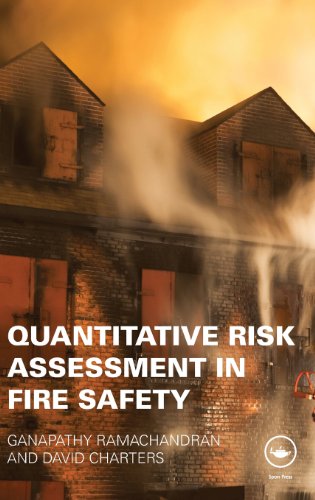

Most ebook files are in PDF format, so you can easily read them using various software such as Foxit Reader or directly on the Google Chrome browser.
Some ebook files are released by publishers in other formats such as .awz, .mobi, .epub, .fb2, etc. You may need to install specific software to read these formats on mobile/PC, such as Calibre.
Please read the tutorial at this link: https://ebookbell.com/faq
We offer FREE conversion to the popular formats you request; however, this may take some time. Therefore, right after payment, please email us, and we will try to provide the service as quickly as possible.
For some exceptional file formats or broken links (if any), please refrain from opening any disputes. Instead, email us first, and we will try to assist within a maximum of 6 hours.
EbookBell Team

4.0
36 reviewsFire safety regulations in many countries require Fire Risk Assessment to be carried out for buildings such as workplaces and houses in multiple occupation. This duty is imposed on a "Responsible Person" and also on any other persons having control of buildings in compliance with the requirements specified in the regulations.
Although regulations only require a qualitative assessment of fire risk, a quantitative assessment is an essential first step for performing cost-benefit analysis of alternative fire strategies to comply with the regulations and selecting the most cost-effective strategy. To facilitate this assessment, various qualitative, semi-quantitative and quantitative techniques of fire risk assessment, already developed, are critically reviewed in this book and some improvements are suggested.
This book is intended to be an expanded version of Part 7: Probabilistic risk assessment, 2003, a Published Document (PD) to British Standard BS 7974: 2001 on the Application of Fire Safety Engineering Principles to the Design of Buildings. Ganapathy Ramachandran and David Charters were co-authors of PD 7974 Part 7.
Quantitative Risk Assessment in Fire Safety is essential reading for consultants, academics, fire safety engineers, fire officers, building control officers and students in fire safety engineering. It also provides useful tools for fire protection economists and risk management professionals, including those involved in fire insurance underwriting.